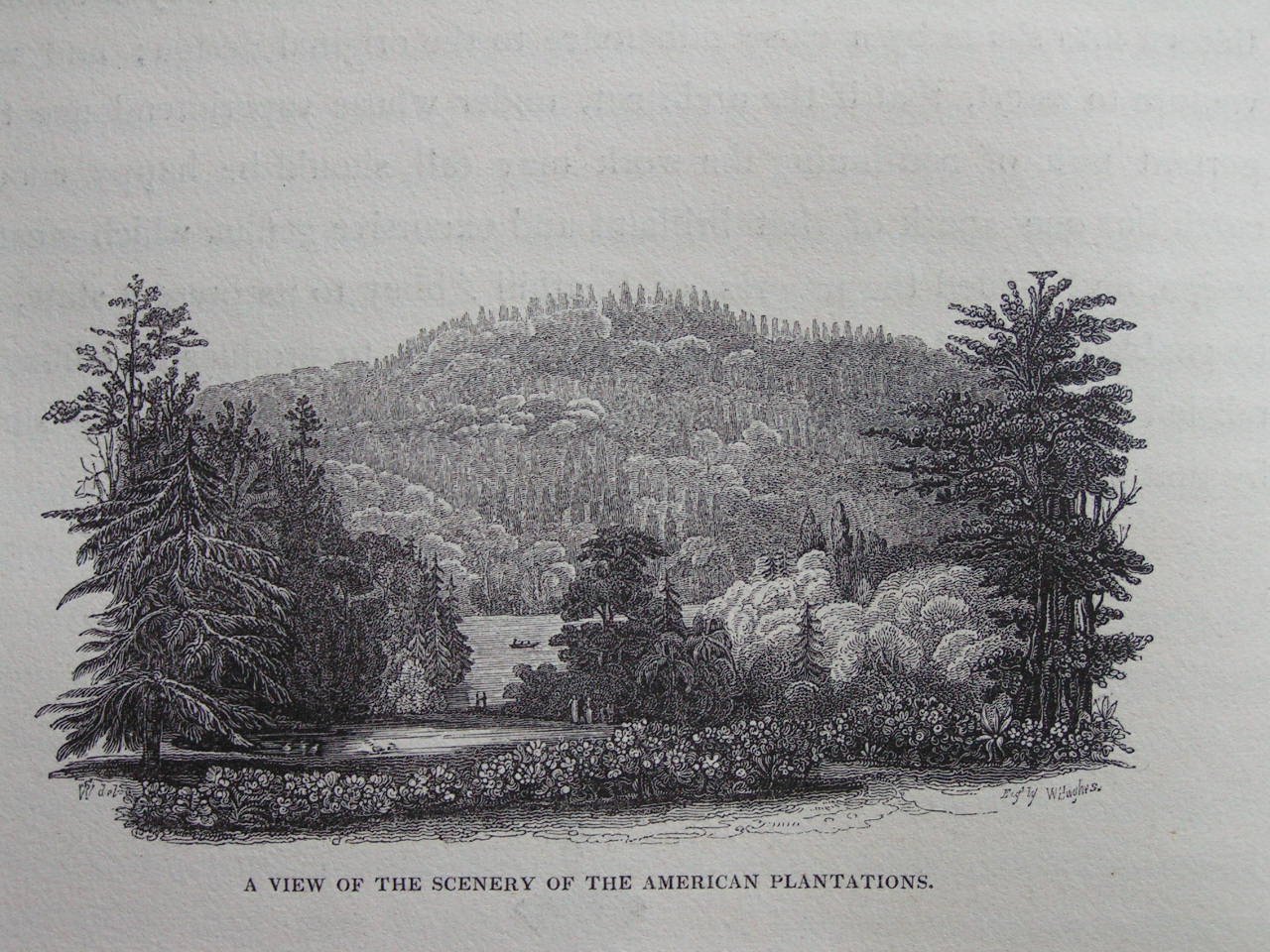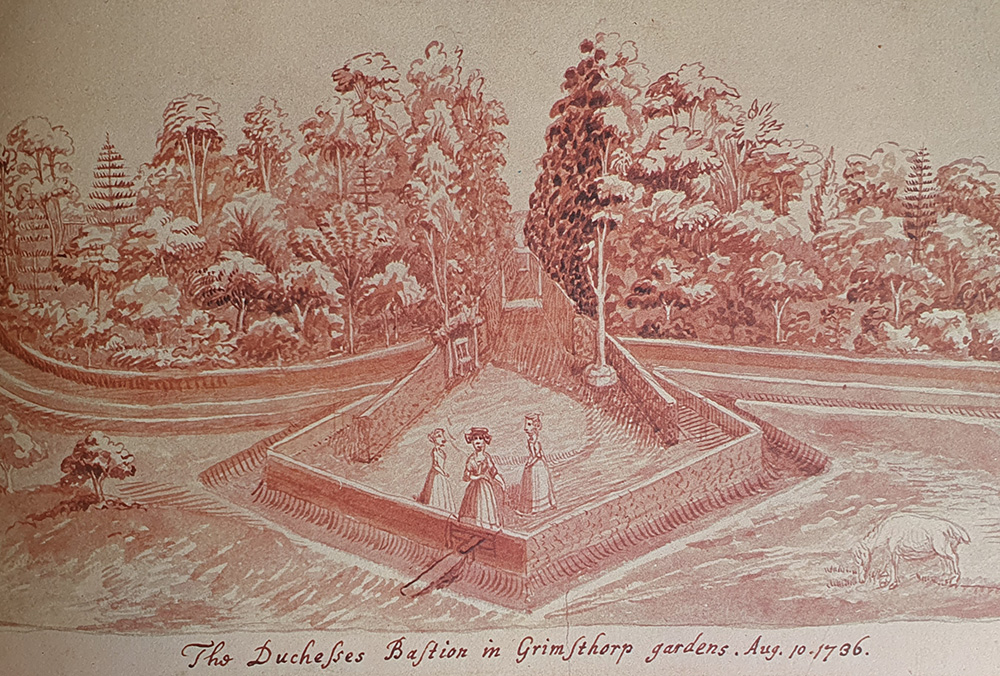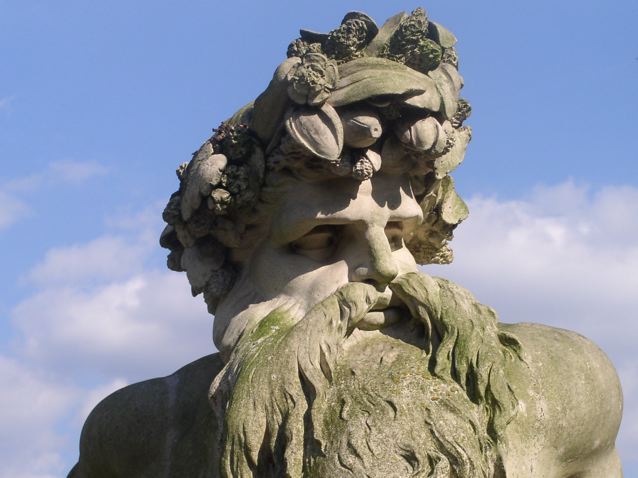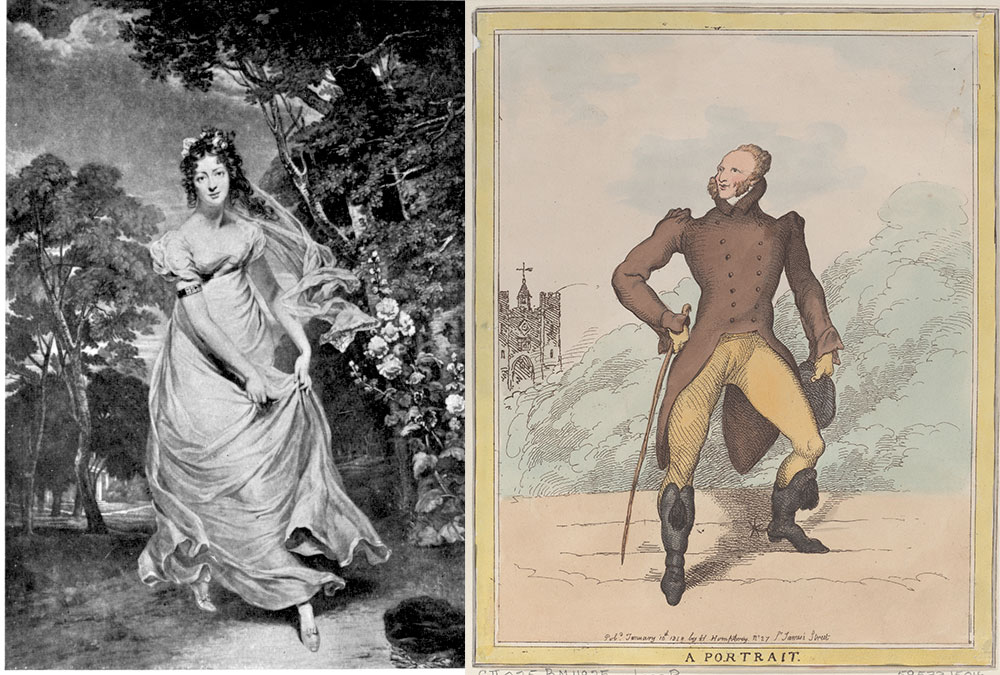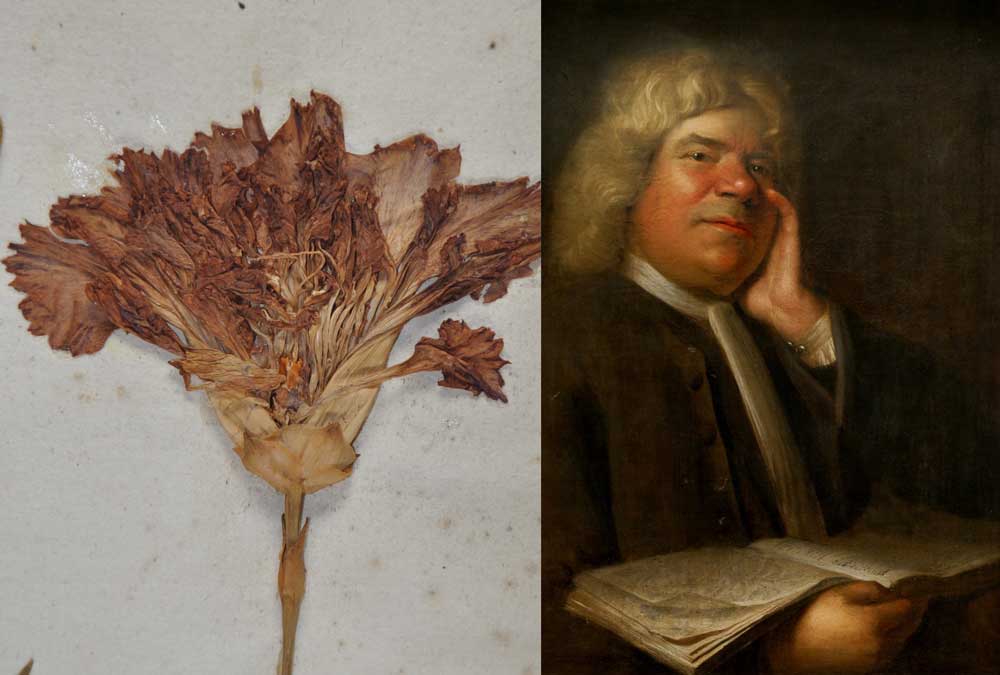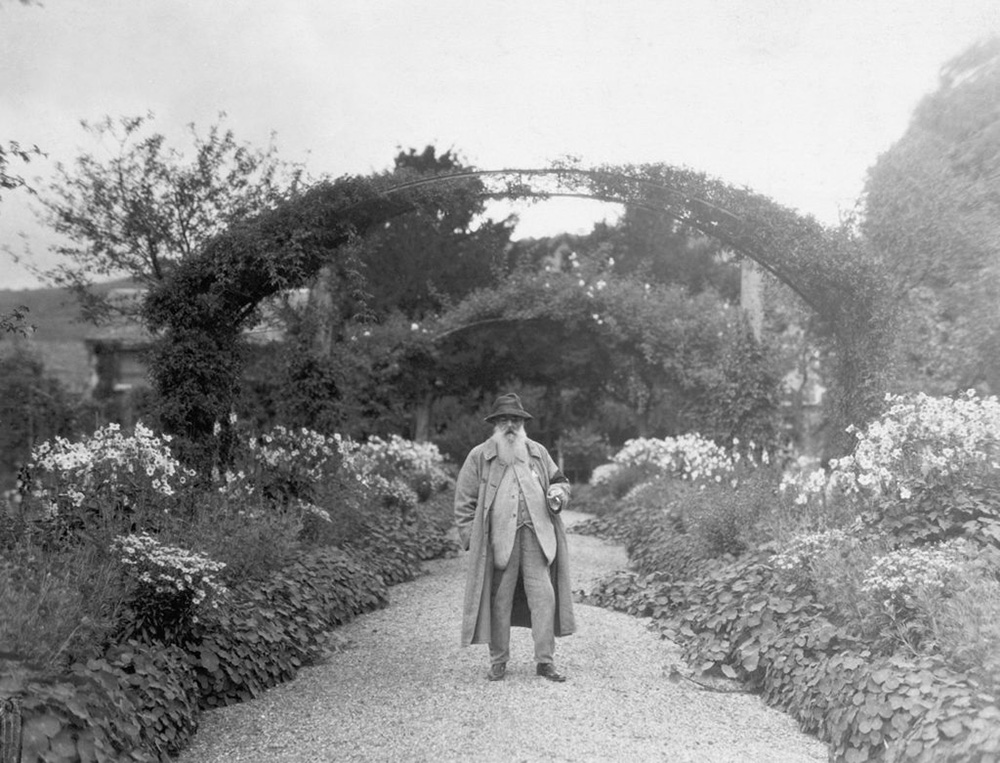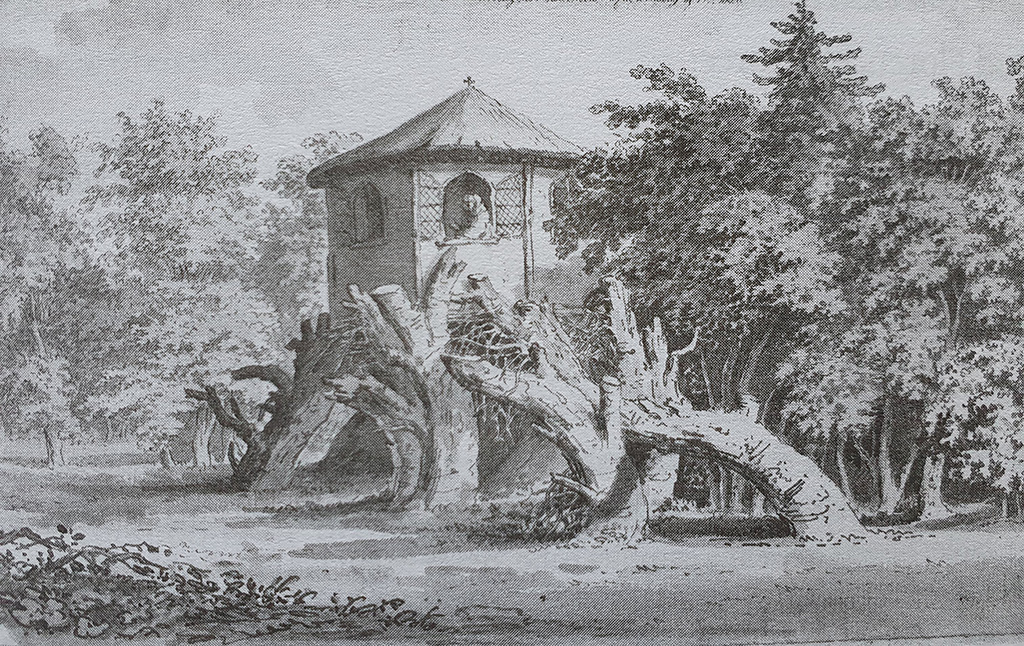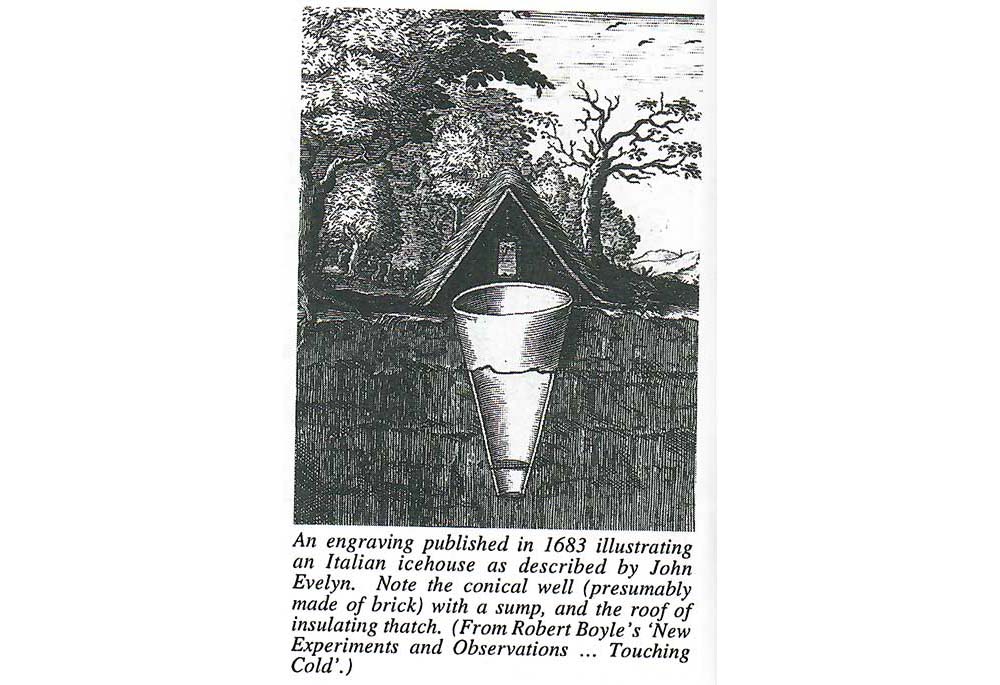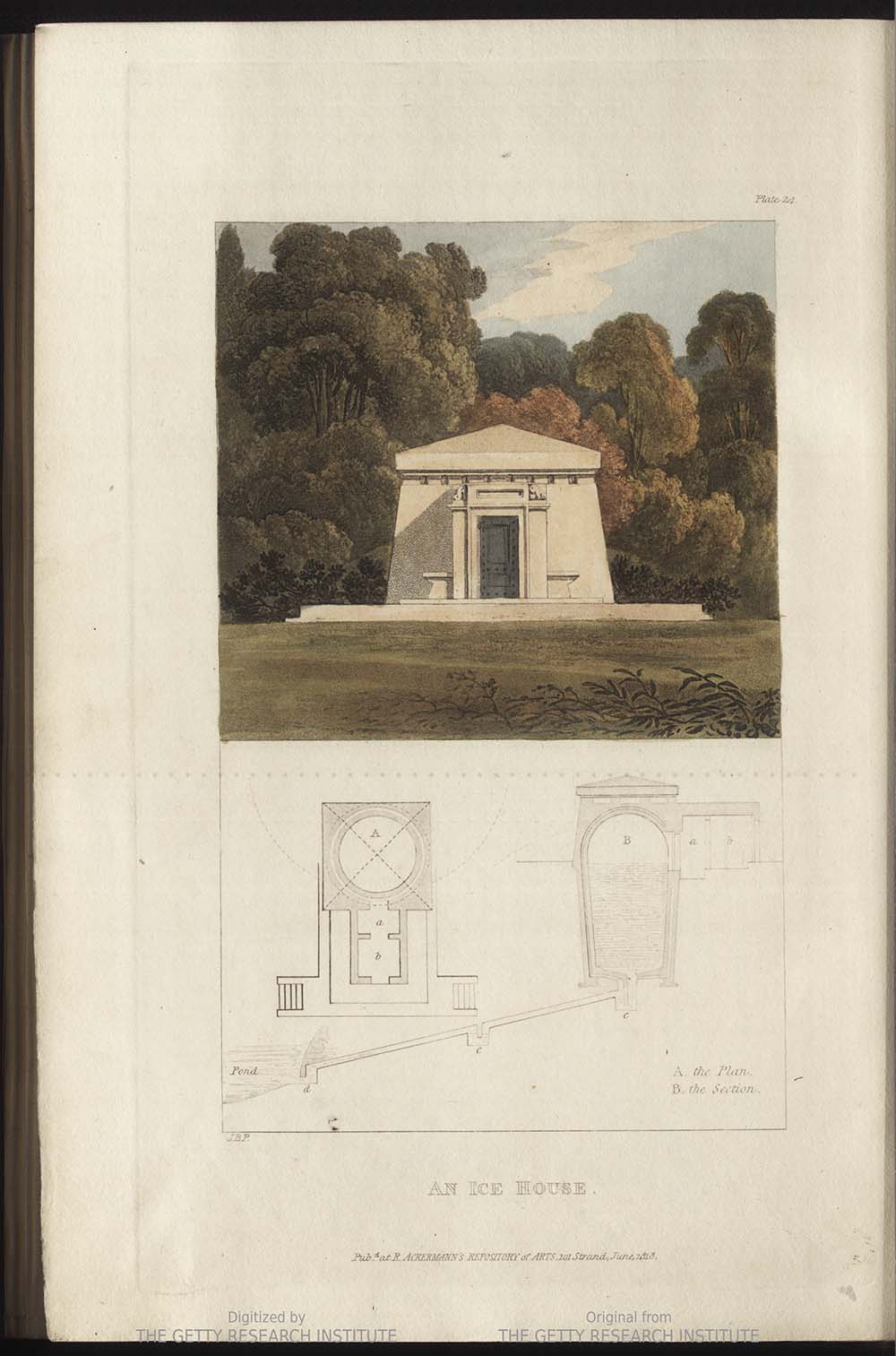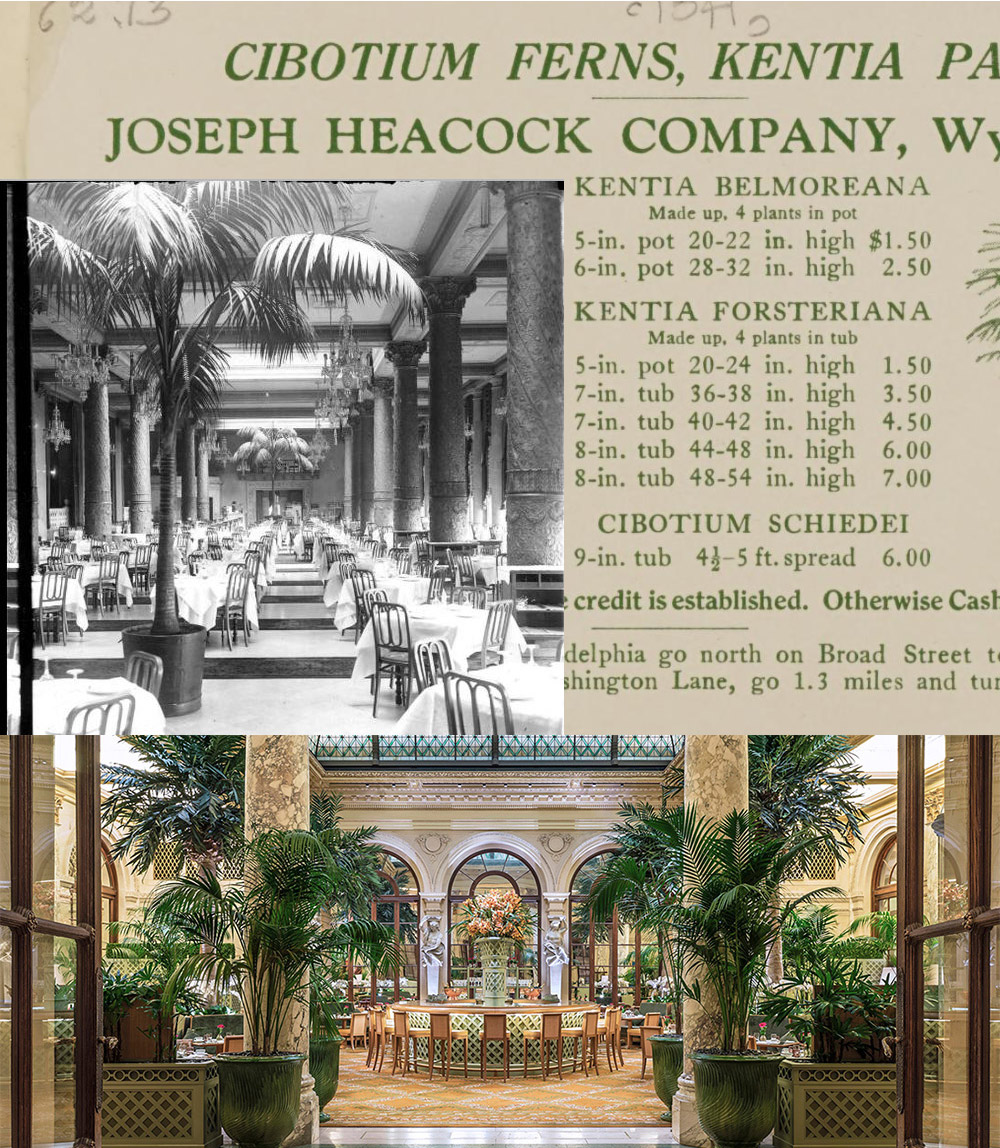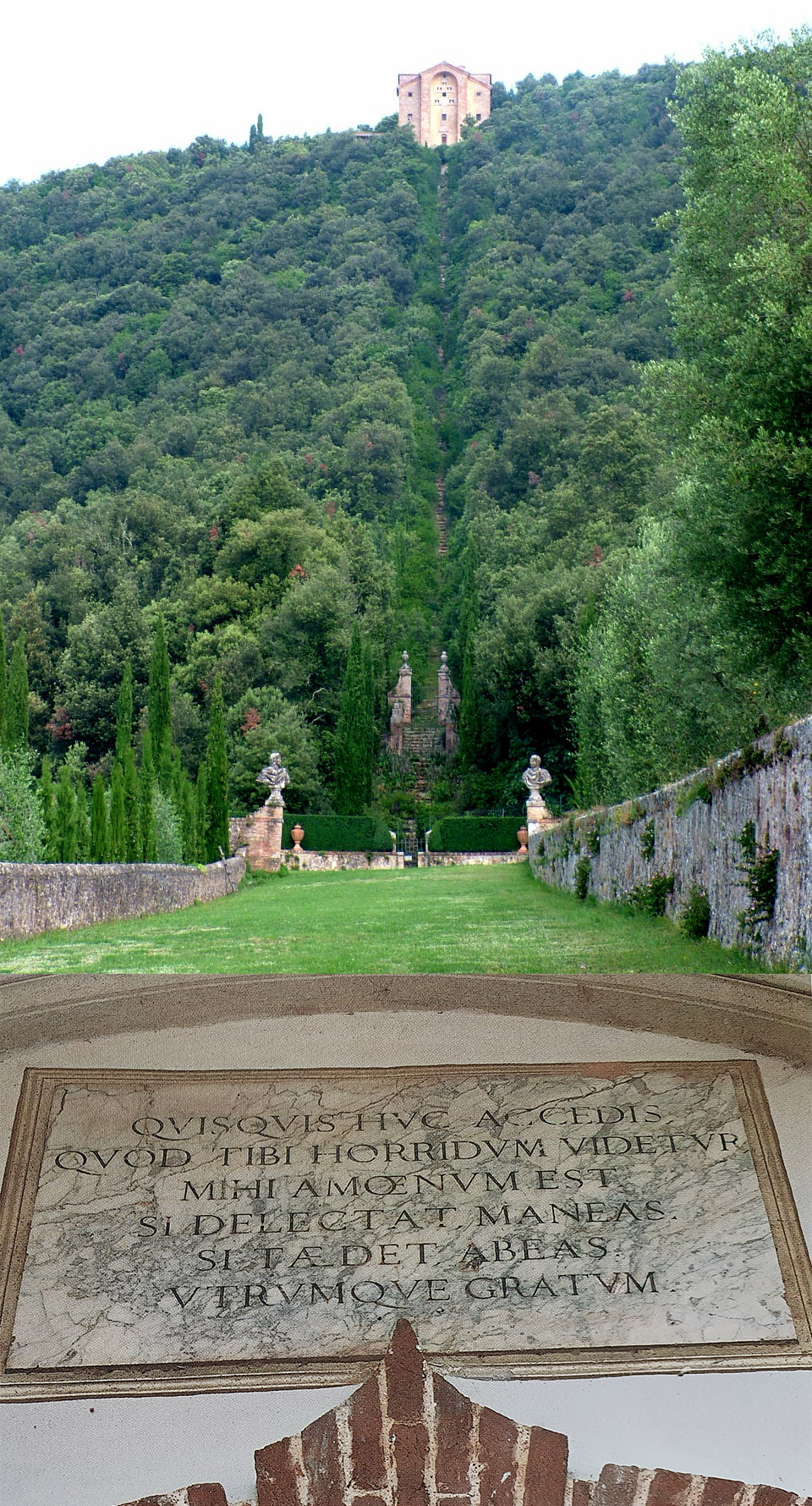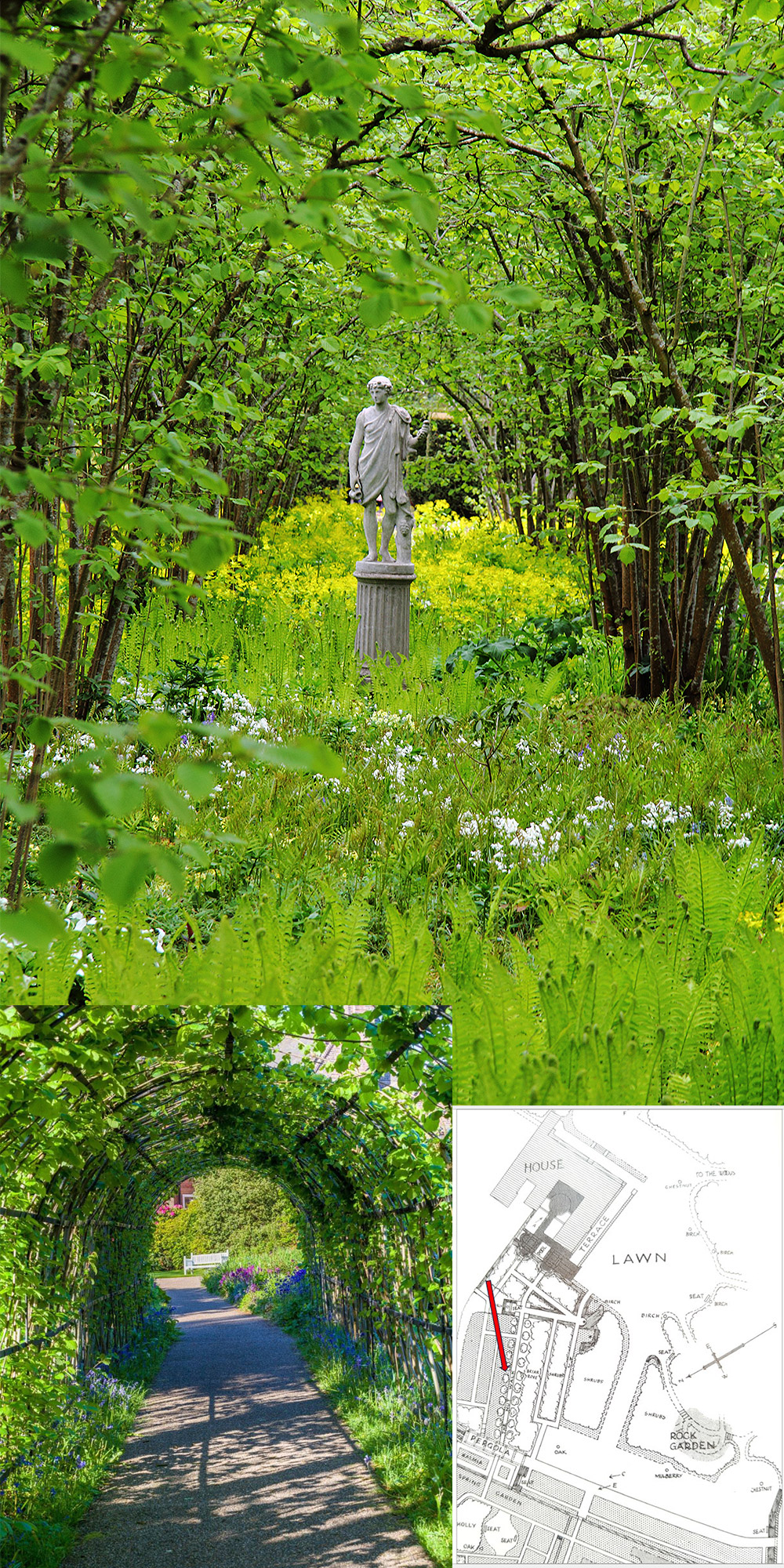Welcome to The Garden History Podcast
An introduction to the plants, places and people that you can find within the subject of Garden History presented in alphabetical order with a short podcast devoted to each letter.
The idea for this podcast came after I started an A-Z of garden History on my Twitter feed which you can find at @AdvollyR. This will give you a sneak preview of what I will be covering but for the podcast I have changed some of the letters to give you a wider choice of terms.
But first of all what is garden history? You could say that Garden history is the study of the development of gardens and gardening in response to social and economic changes over the centuries. These changes were often influenced by key factors such as politics, religion, wealth, status, travel and even conflict. More importantly the study of garden history helps us to understand and therefore value our historic designed gardens and landscapes which include public parks, allotments and cemeteries. So throughout the episodes I am hoping that you will find something that will intrigue, inspire and encourage you to take a look into this wonderfully diverse subject.

